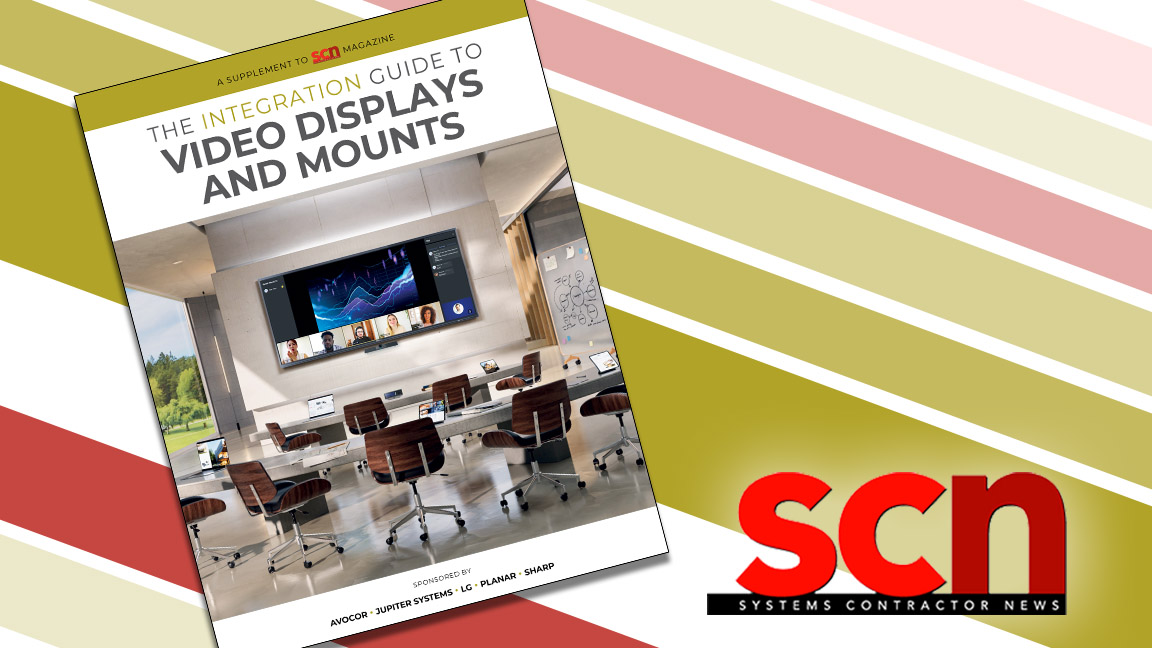What Electrical Estimators Want, Part 1: The Bid
- The not-so-clear art of submitting bids to an electrical contractor has always been a struggle for AV contractors. If there isn’t a set bid form, the submission process usually involves too many internal meetings, and everyone involved has a different opinion: How much detail should you include? Company history? A drawing index? What about an equipment list? How detailed should we be with exclusions? Is this proposal really a sales tool to showcase our competency to the electrical contractor or is it nothing more than a number?
- Now that I’ve been working alongside electrical estimators for the last few years, I understand that what you are providing in the bid phase is ultimately just a number. It’s quickly compared to others and, if they decide to use it, your number will be carried in their proposal along with many other subcontractors from different trades. If the electrical estimator is willing to accept your number, that’s a good indication that they already feel comfortable with you as a contractor. This might be based on your local reputation, past projects, or being listed as a pre-approved bidder in the consultant’s specifications.
- So for the purpose of the bid, an electrical estimator is really only looking for one thing from you: the price.
- Display your price with pride on the front page, easy to read, in a bold black font. Don’t make them dig for it. Be sure to include any VE or add/alternate options in the same area but in a smaller font. If a bond is required, list your bond price in this area. Also include a short statement to clarify if taxes and permit fees are included. Exclusions should be clearly detailed but not overly lengthy or wordy; a long list of exclusions may suggest that you don’t have the entire scope covered or you are trying to hide something. Once you get these key items out of the way, you can use other pages to include anything else you believe is relevant to your proposal. Understand, however, that the electrical estimator will probably skip these pages and assume that you are bidding on the current drawings and specifications. If a bid form was provided by the electrical contractor or included in the specifications, you should complete it to the best of your ability.
- The day that a project bids is extremely hectic and an electrical estimator will appreciate it when you make things easy, clear, and on time. Don’t wait until a few hours before the bid is due to send your proposal. Consider their work load; if it took you a week to put together your AV estimate, it probably took them three weeks to complete the electrical estimate. The value of their complete bid is considerably larger than yours and, in addition to preparing the bid documents, they are meeting with their supervisors and strategizing on pricing until the moment their bid is submitted. They are also collecting multiple subcontractor bids from other trades including lighting fixtures, network cabling, security, distributed antenna systems, fire alarm, fire stopping and lightning protection to name a few. Being respectful and considerate of an electrical estimator’s time on the bid date will create a relationship of trust and an invaluable partnership
- Once the electrical estimator has submitted their proposal, the work is far from over. This next phase is where you can really showcase your competency as an AV contractor. Stay tuned for a follow-up blog post discussing what electrical estimators want in the post-bid phase.
Jimi Gonzales was raised in the systems integration industry and currently manages the technologies division of Ion Electric, a large electrical contractor based in South Florida.
Get the AVTechnology Newsletter
A daily selection of features, industry news, and analysis for AV/IT professionals. Sign up below.
TOPICS
MORE FROM AVNETWORK...
